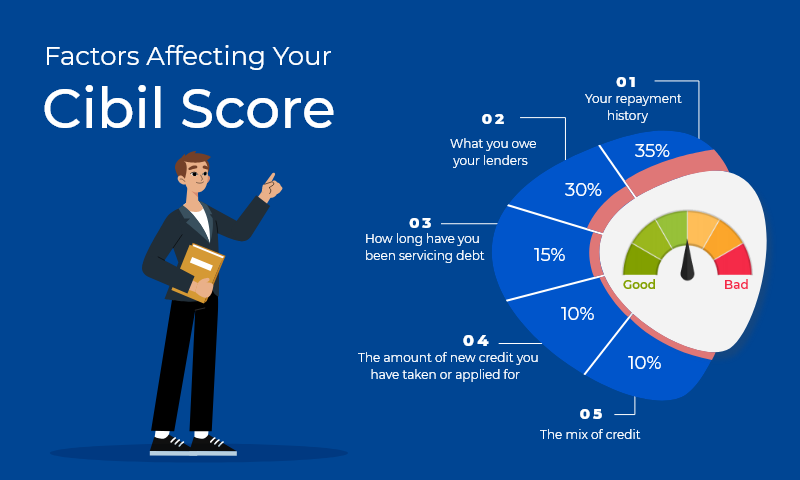Mutual funds have become a popular tool for long-term wealth creation in India. But navigating the world of these investments can be confusing, especially for beginners. One key decision you will face is choosing between mid-cap and small-cap funds through systematic investment plans (SIPs). To help you decide, let’s delve into the differences between these two options.
Understanding market capitalisation
Before we compare mid-cap and small-cap SIPs, it’s essential to understand market capitalisation. It refers to the total market value of a company’s outstanding shares, calculated by multiplying its share price by the number of shares issued. Based on market cap, SEBI (Securities and Exchange Board of India) categorises companies into two groups:
- Mid-cap: Companies ranked 101st to 250th in market cap, balancing stability and growth potential with moderate risk.
- Small-cap: Companies ranked 251st and beyond, typically younger, high-growth companies with higher risk and the potential for significant returns.
The SIP advantage
Systematic investment plans (SIPs) allow you to invest a fixed amount regularly in a chosen mutual fund, fostering disciplined investing and mitigating market volatility. So, how do these benefits translate to mid-cap and small-cap investments?
Mid-cap SIPs:
- Moderate risk and growth: Mid-cap companies offer a sweet spot between large-caps’ stability and the higher growth potential of small-caps. While risk is slightly higher than large caps, the potential for returns is also greater.
- Diversification: Mid-cap funds typically invest in various companies across different sectors, offering broader diversification and reducing risk compared to small-cap funds.
- Liquidity: Mid-cap stocks generally have better liquidity than small-cap stocks, meaning they are easier to buy and sell, which can be crucial during market downturns.
Small-cap SIPs:
- High growth potential: Small-cap companies can offer explosive growth potential, potentially outperforming other market segments in the long run. This makes them attractive to investors with a high-risk tolerance and a long investment horizon.
- Early access to emerging stars: Investing in small caps can give you early access to promising companies with the potential to become future market leaders.
- Lower correlation with the market: Small-cap stocks often have a lower correlation with the broader market, meaning they may move independently and offer some protection during market downturns.
Making the right choice
Choosing between mid-cap and small-cap SIPs depends on your financial goals, risk tolerance, and investment horizon. Consider the following factors:
- Risk appetite: If you are comfortable with moderate risk and aim for consistent long-term growth, mid-cap SIPs might be suitable. If you can handle high volatility and seek aggressive potential returns, small-cap SIPs could be an option.
- Investment horizon: Both mid-cap and small-cap investments require a long-term commitment (ideally 5 years or more) to ride out market cycles and maximise potential returns.
- Financial goals: Align your SIP plans with your financial goals. Mid-cap SIPs can work well for retirement planning or children’s education, while small-cap SIPs might be suited for aggressive wealth creation goals.
Bottom line
Consider a mix of SIPs across market capitalisations to manage risk and optimise potential returns. For a clearer picture, utilise SIP calculators to estimate your future wealth based on your chosen path. So, take the first step today, explore your options, and chart your course towards financial freedom!




